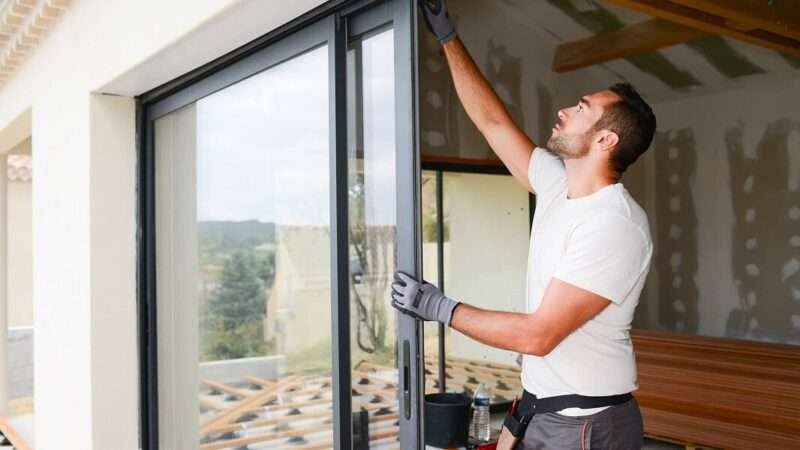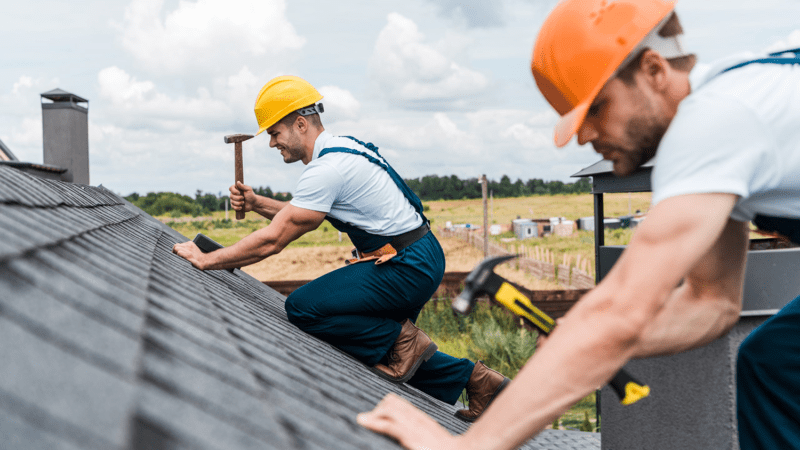Taking Care of Artificial Grass in the Winter
December through February may be a quiet season for your garden, with the dark evenings closing in and frigid mornings becoming more typical. Winter brings with it the usual ice and perhaps snowy weather conditions, and you may be apprehensive about how this winter season will effect your artificial grass.
You may rest easy knowing that maintaining your synthetic grass is straightforward all year. During the winter, though, you may notice that your grass becomes slick in rainy weather and that the blades freeze in sub-zero temperatures (just as you might expect with natural grass).
For more information on instant turf suppliers in Melbourne be sure to visit Lilydale Instant lawn
Now, how do you take care of your artificial grass all through the winter?
Q: What preparations can I do?
A: Collect leaves, branches, as well as other accumulated debris off of your artificial grass lawn before winter arrives. Put together a basic “winter lawn maintenance pack.” You’ll be able to enjoy the snow falling outdoors when it does, and you’ll have all the equipment you need to clear it safely and without hurting your fake grass. You shouldn’t have to clear the snow from artificial grass, but if you want to create a path for strolling or provide a bathroom place for your dogs, you may.
Q: Will snow or frost harm my artificial grass?
A: You may be confident that artificial grass is extremely tough, much more so than genuine lawn grass, and will withstand more harsh weather conditions. If it’s freezing outside, the grass blades will harden, making it less comfortable to walk on. If you walk on them during a hard freeze, you risk damaging them, so it’s best to let the snow melt and dissipate.
Q: What should I do if it’s pouring or flooding outside?
A: Artificial grass can withstand a lot of rain and will even survive being immersed underwater for a short time. Because prolonged waterlogging can lead to mold, we strongly advise that your grass be installed appropriately and by a professional to reduce the risk of waterlogging.
Source: https://unsplash.com/photos/r4RpK18X718
Q: How to do maintenance on a regular basis?
While artificial grass does not require the same level of care as a real lawn, routine maintenance throughout the year will ensure that your artificial grass is in good working order and ready for the cold months.
It’s critical to keep an eye on any leaves or debris on your fake lawn because if you don’t, they might clog the crucial drainage pores in your artificial grass, causing water to gather on the surface.
This can lead to the growth of weeds in fake grass, as well as moss and mold. To remedy this problem, use a decent broom/brush or even a blower to clear leaves or debris. A metal rake should not be used on the fake grass since it will pull it up.






